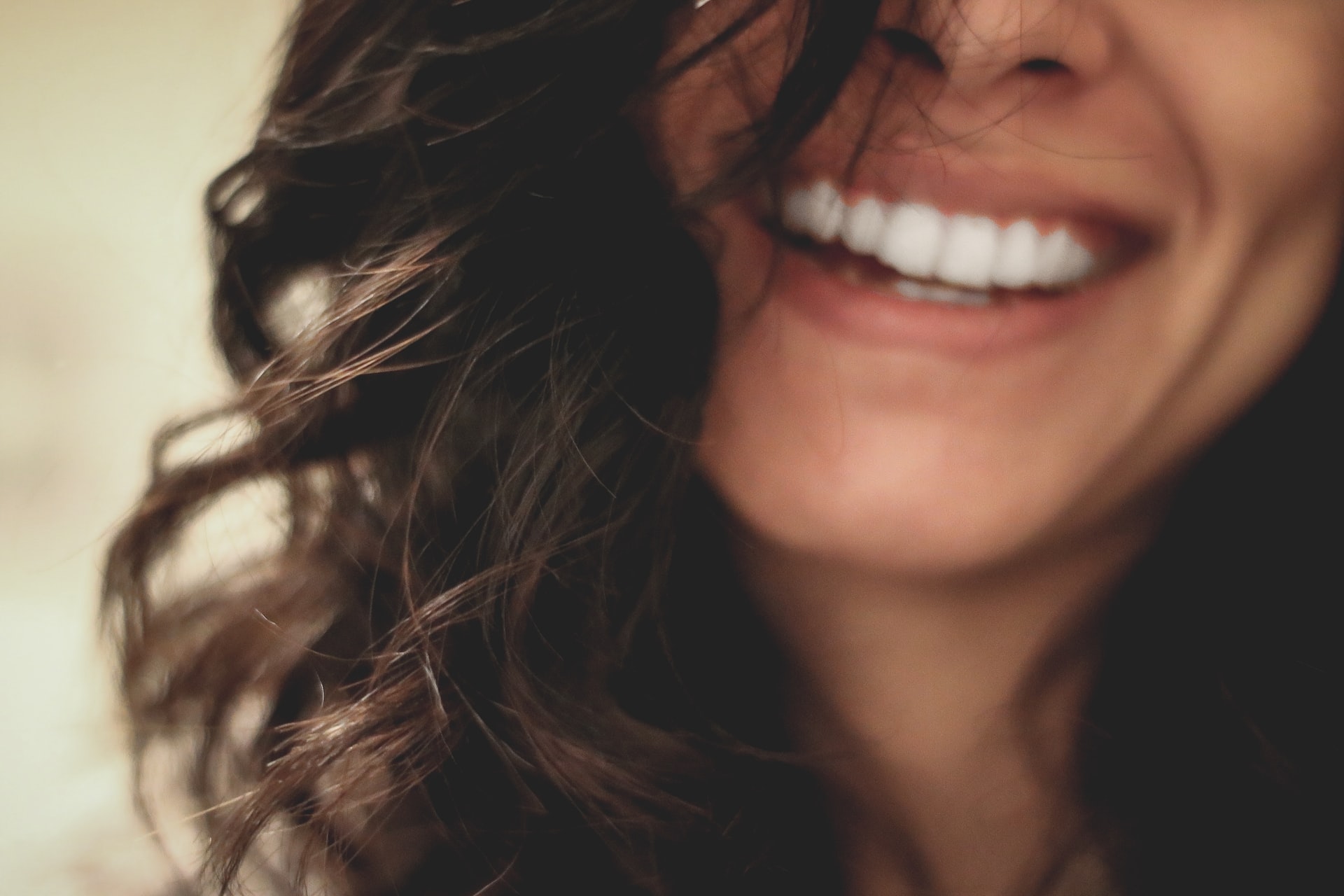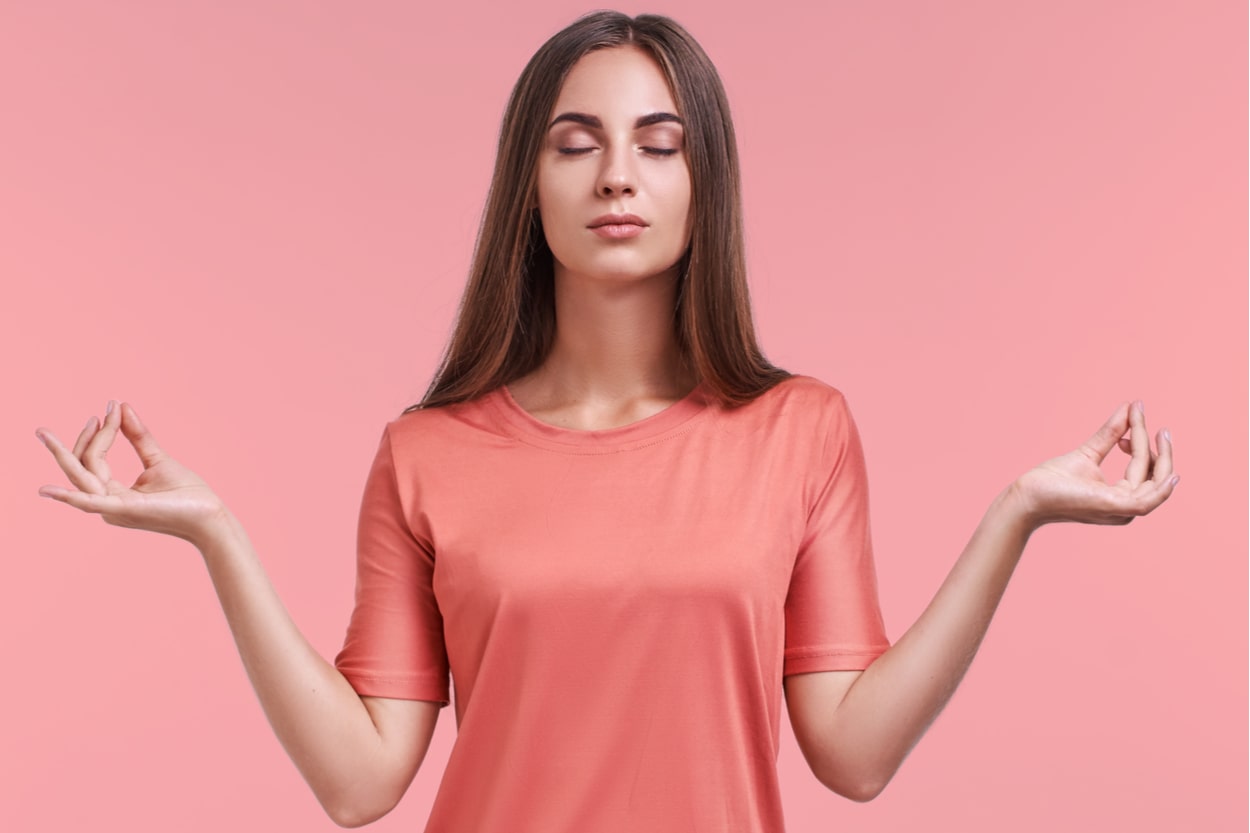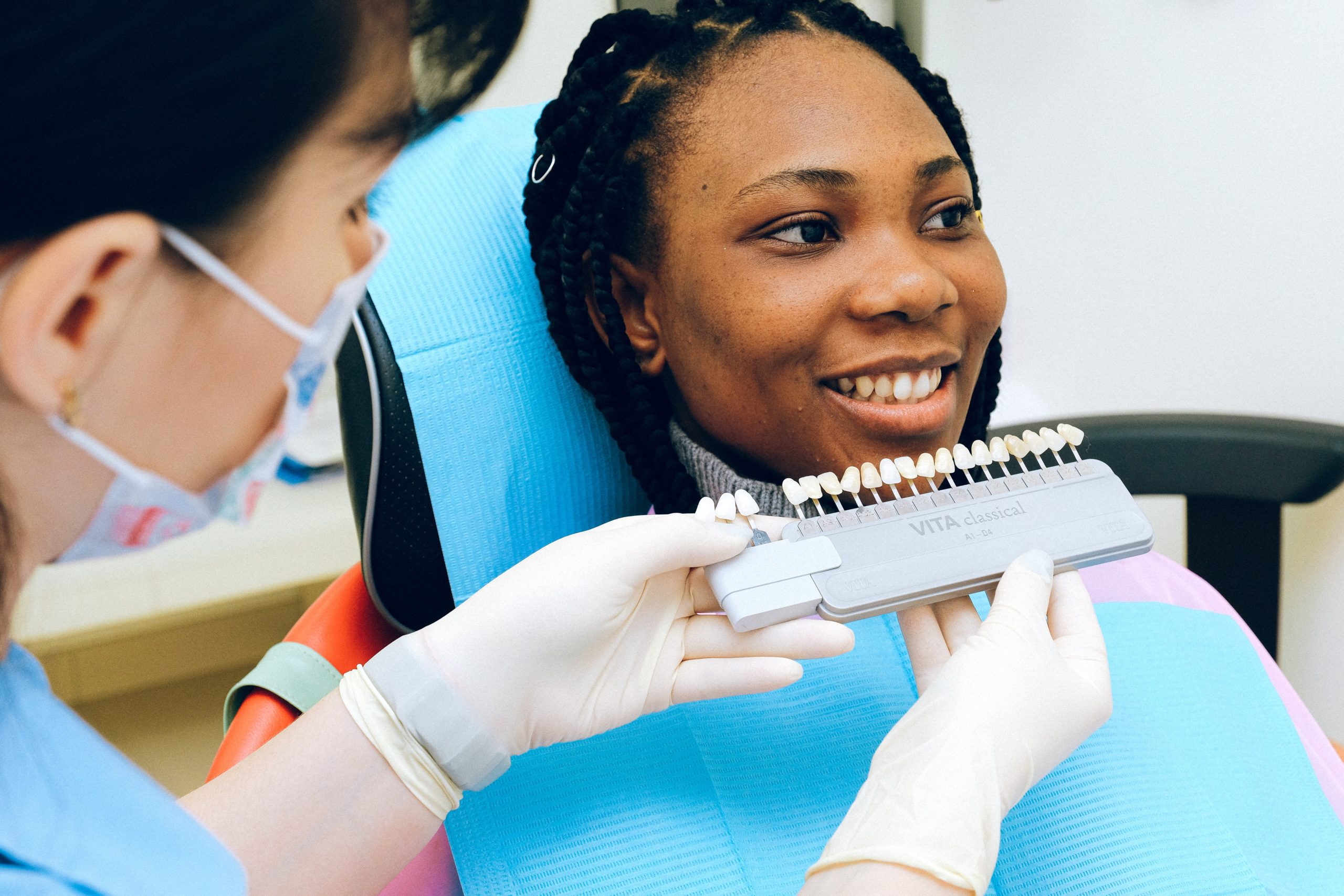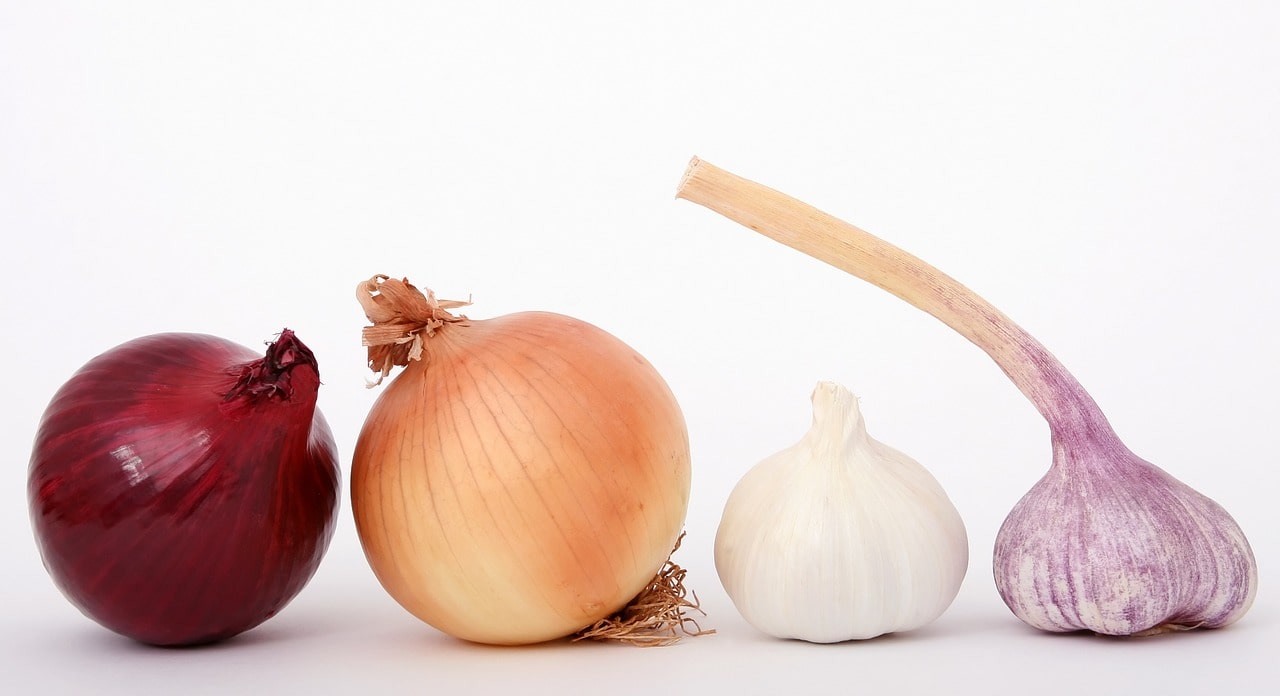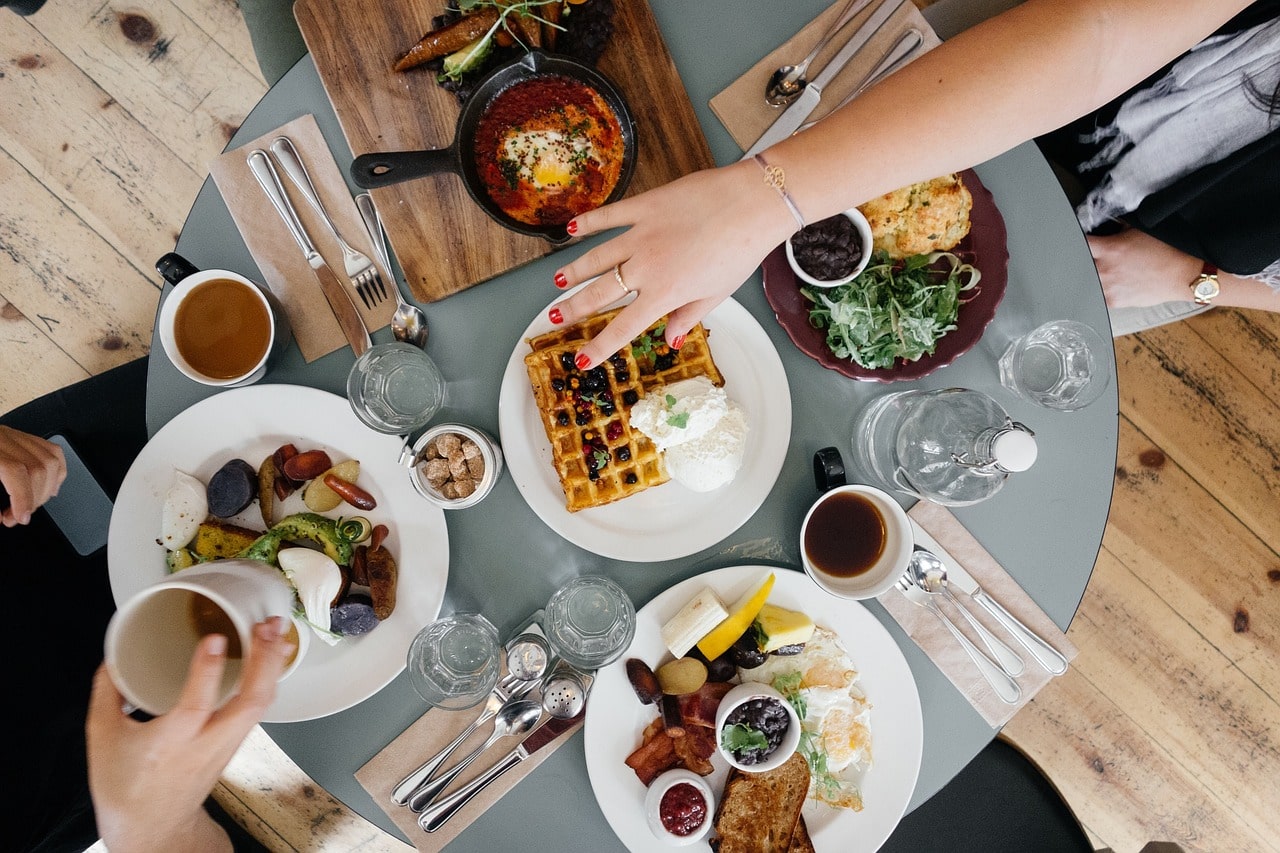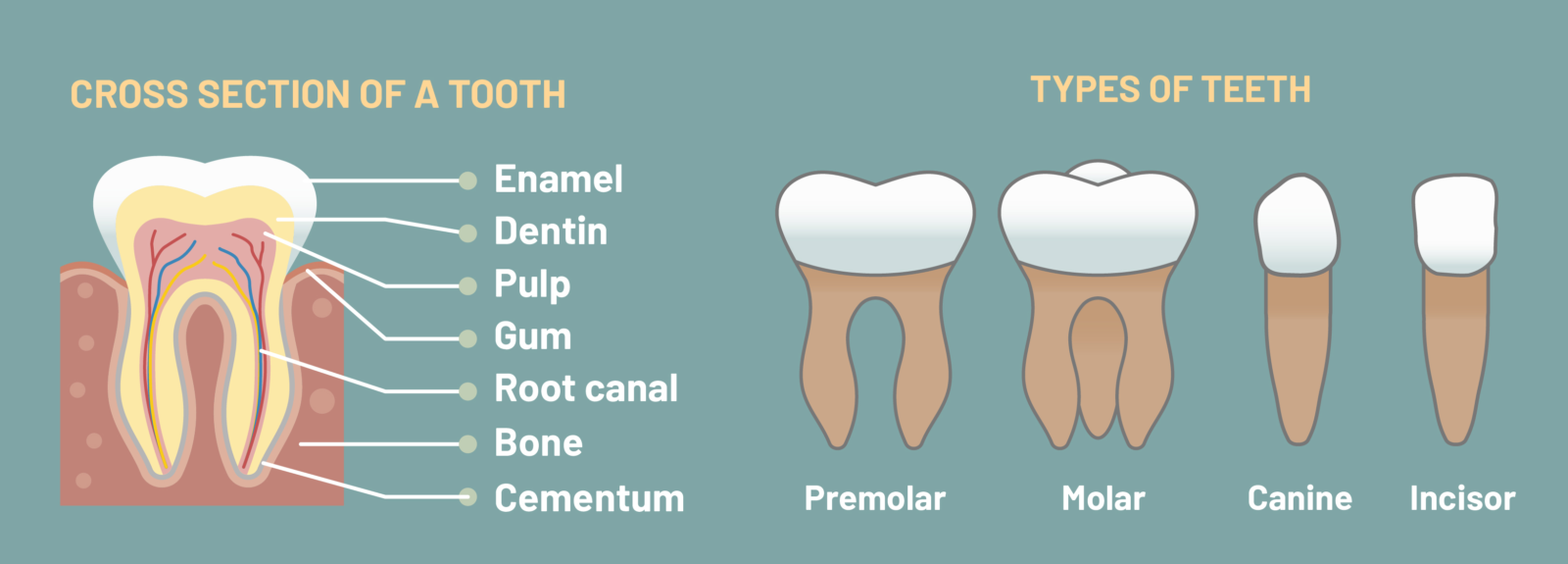
Have you ever noticed your teeth turning yellow over time?
Your once beautiful pearly white smile has now transformed into a lesser yellowy version of itself and you may find yourself smiling less.
Although you may have increased your oral health and hygiene by flossing and brushing more, you’ve even tried charcoal toothpaste, nothing seems to work.
Tooth discolouration can happen to anyone and is the result of staining above and below the surface of the tooth.
Teeth stains can be broken down into three categories:
Extrinsic teeth staining occurs on the outer layer (enamel) of the teeth and is caused by particular foods and drinks, and smoking. This type of stain can typically be removed with good oral health and hygiene, including regular brushing, flossing and teeth whitening toothpaste.
Intrinsic teeth staining occurs below the surface of the tooth (dentin) and can be caused by a number of factors including food and drink, overexposure to fluoride during early childhood, trauma, medication, and smoking.
Age-related teeth staining is a combination of extrinsic and intrinsic factors and is inevitable with age. Over time, your enamel begins to weaken causing your dentin, which is darker naturally, to appear. If you have sustained any sort of trauma such as chips, cracks or other oral injuries that have damaged the nerve can contribute to teeth discolouration.
What causes tooth discolouration?
There are many contributing factors to discoloured teeth, with some more preventable than others, and some unavoidable. Here’s a list of what causes stained teeth.
1. Foods

- Deeply coloured sauces including soy, curry, tomato, pasta sauce.
- Fruits and berries that are vibrant in colour including blueberries, blackberries, cherries, pomegranates — juice and pies made from them.
- Lollies that makes your mouth change colour or are hard.
- Icy poles and ice creams that makes your mouth change colour.
2. Drinks

- Tea and coffee are one of the biggest contributors to stained teeth. Herbal and white teas can also wear away the outer layer of your teeth.
- Sports or energy drinks vibrant in colour can stain your teeth and erode the enamel due to their acidity.
- Red wine is dark, rich in colour and acidic and will discolour your teeth. White wine is just as potent with higher acidic levels.
- Fizzy drinks are high in sugar and acid and will lead to serious wear, staining and plaque.
3. Medication
- Tetracycline antibiotics before the age of 8.
- If your mother used tetracycline antibiotics during the second half of pregnancy.
- Chemotherapy or radiation to treat cancer.
- Antihistamines, high blood pressure, or antipsychotic medications can stain adult teeth.
- Overexposure to fluoride during early childhood.
4. Poor oral hygiene
Poor oral hygiene can lead to plaque and tartar build-up, which can cause brown stains on your teeth. This will then lead to tooth decay and can appear as small little dark holes on your teeth.
5. Trauma
Any sort of physical trauma received where the nerve has been damaged, including chipped or cracked teeth.
6. With age
Your teeth will start to turn yellow naturally over time as part of the aging process and is contributed by wear which exposes the underlying darker dentin.
7. Smoking
Nicotine contributes to staining the outer layer of your teeth.
How to prevent tooth discolouration?
- Dentists recommend brushing your teeth after every meal; however, we understand this may not always be a viable option. Instead, try rinsing your mouth with tap water (fluoride present) after consuming any staining foods or drinks.
- Try and avoid foods and drinks that will stain your teeth and opt for other sources of nutrients, such as cauliflower, apples, grapes and melons. Although, we don’t suggest cutting them out entirely, as they still provide much needed nutrition for our bodies.
- Drink with a straw every time you consume fizzy drinks, juice, ice coffee or tea. If you don’t have access to a straw, try and swallow stain-causing foods and drinks without letting them linger in your mouth — but don’t forget to chew.
- Practice good oral hygiene. This means brushing, flossing and rinsing your mouth with antibacterial mouthwash (alcohol-free) on a daily basis. Not only will this prevent staining but also stops plaque build-up.
- Quit smoking! Not just for tooth discolouration but for your overall health and wellbeing.
How to prevent coffee stains?
 If giving up your morning lifeblood isn’t an option, you can still prevent coffee stains. Avoid adding sugar and use a straw with your next coffee. Sugar contributes to bacteria build up in your mouth, which can result in tooth decay. After your coffee, rinse your mouth with some tap water, or if possible, brush your teeth. This will prevent the acid from sticking to your teeth and weakening the enamel.
If giving up your morning lifeblood isn’t an option, you can still prevent coffee stains. Avoid adding sugar and use a straw with your next coffee. Sugar contributes to bacteria build up in your mouth, which can result in tooth decay. After your coffee, rinse your mouth with some tap water, or if possible, brush your teeth. This will prevent the acid from sticking to your teeth and weakening the enamel.
How to whiten discoloured teeth?
There are many ways to whiten your teeth, including some DIY methods you can start trying at home.
Teeth whitening done at home
Good oral health and hygiene is one of the easiest methods you can implement immediately and will have instant results. This can include regular brushing, flossing, antibacterial mouthwash and rinsing your mouth with tap water after every meal or drink.
Try using teeth whitening toothpastes, mouthwashes, white strips or paint-on bleaching gels. Another method is to brush your teeth using baking soda twice a month. However, be careful not to overdo it on the whitening products as it can be quite abrasive and may cause gum irritation. We recommend always speaking to your dentist first before introducing new teeth whitening products.
Teeth whitening done by a professional
Teeth whitening is a common form of cosmetic dentistry that is usually done by most dental clinics. It involves applying a bleaching agent, light-activated bleaching gel, to the enamel which causes the teeth to get significantly whiter in 45 minutes. However, several treatments may be required for more stubborn stains.
When intrinsic stains don’t respond to bleaching gels or have been caused by trauma, your dentist may recommend covering the stain with veneers, which are thin ceramic shells that covers the outer layer of your teeth.
Contact Tandara Dental to go over your options. We currently have an offer on teeth whitening that might be a good fit for your needs.



